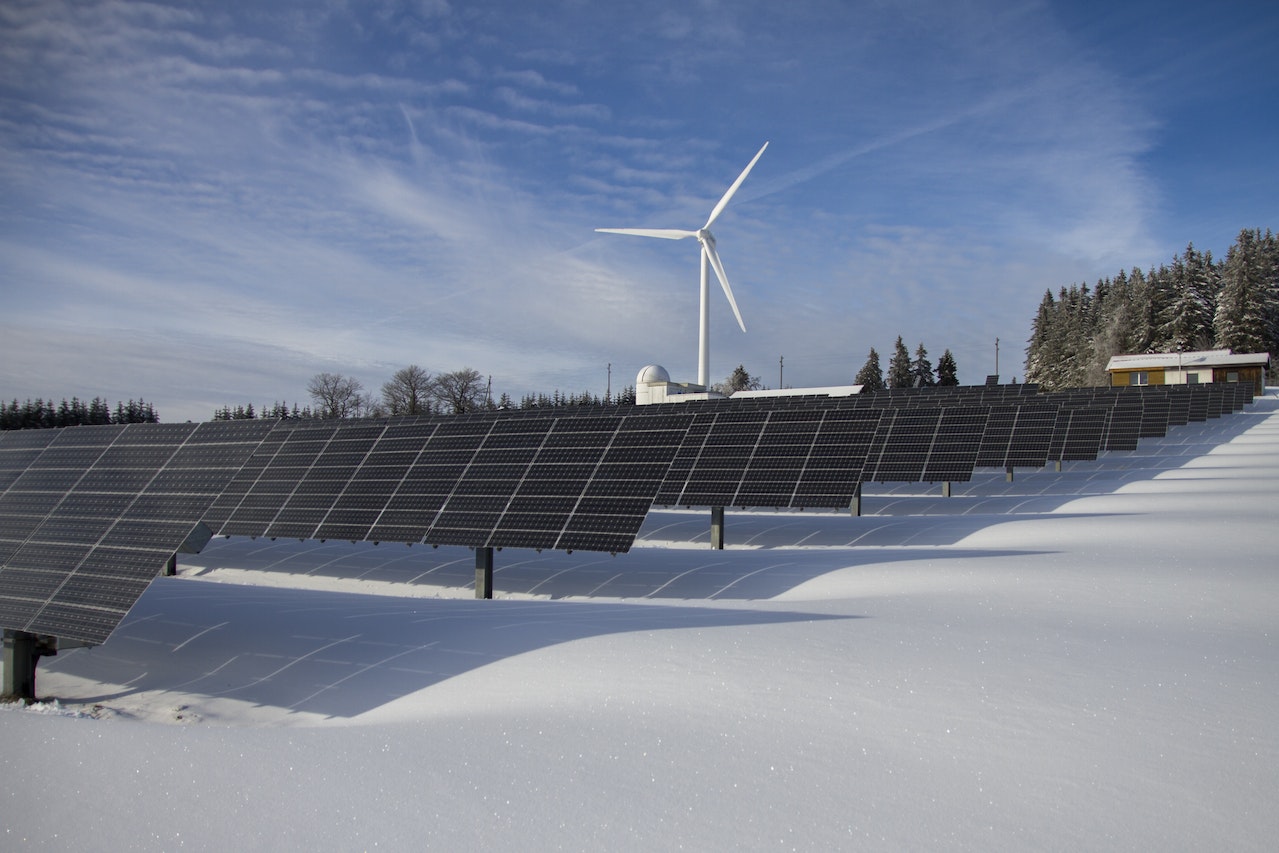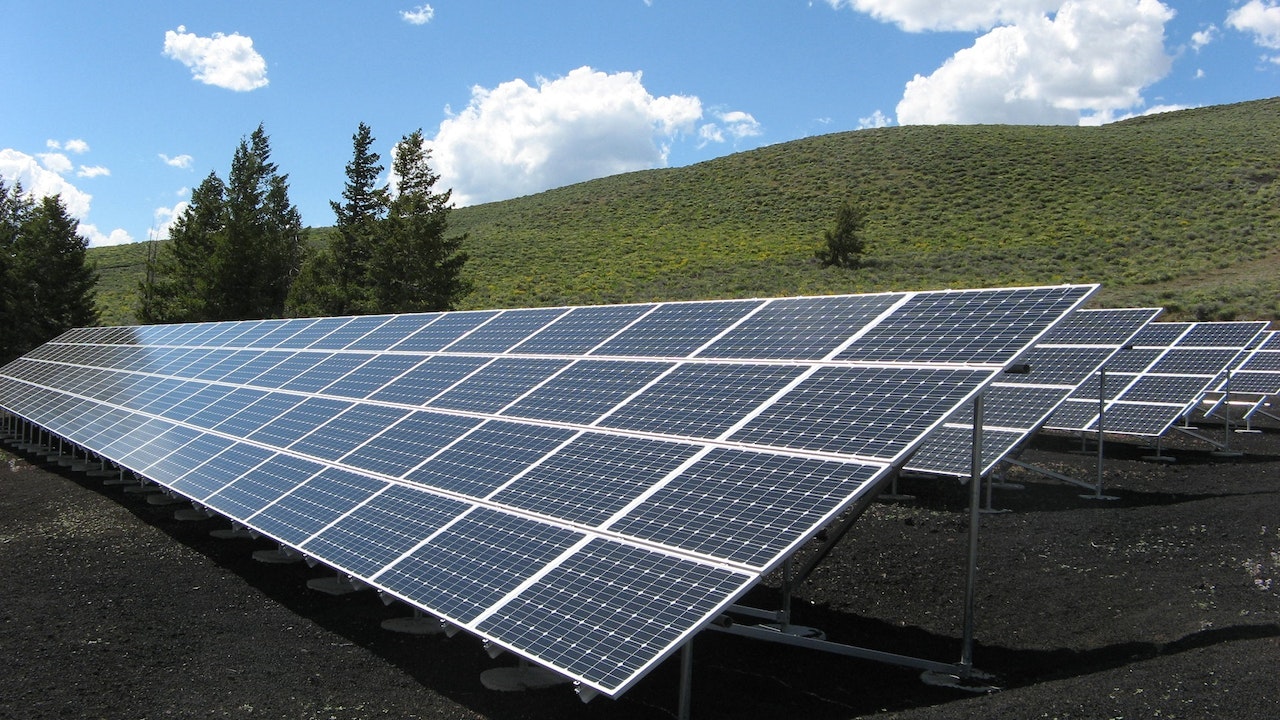The Impact Of Renewable Energy And Green Technology On Architecture - Building A Sustainable Future
In this article, we will explore The impact of renewable energy and green technology on architecture, from innovative building designs to the creation of more sustainable cities. Renewable energy and green technology have a significant impact on architecture, influencing the design of buildings and cities worldwide.
Author:George EvansMar 06, 202388.7K Shares1.3M Views

In this article, we will explore The impact of renewable energy and green technology on architecture, from innovative building designs to the creation of more sustainable cities.
Renewable energy and green technology have a significant impact on architecture, influencing the design of buildings and cities worldwide.
These technologies help architects create sustainable and energy-efficient buildings, reducing carbon emissions and promoting a more environmentally friendly approach to design.
Green Building Renewable Energy
Renewable energy and green technology are becoming increasingly important in today's world, as you face the challenge of climate change and the need to reduce your carbon footprint.
These technologies allow you to harness of natural resources like solar power, wind power, and geothermal energy to produce clean, renewable energy.
They also enable you to reduce your dependence on non-renewable resources like coal and oil, which contribute to greenhouse gas emissions and climate change.
In the field of architecture, the use of renewable energy and green technology has become increasingly important, as architects seek to create buildings that are not only aesthetically pleasing but also sustainable and energy-efficient.
This involves a wide range of technologies and design strategies, from the use of energy-efficient materials to the integration of renewable energy sources into building designs.
The Impact Of Renewable Energy And Green Technology On Architecture
The integration of renewable energy and green technology into architecture has had a profound impact on the field, from the design of individual buildings to the planning of entire cities. Here are some of the key ways in which these technologies have transformed architecture:
Energy-Efficient Buildings
One of the most significant impacts of renewable energy and green technology on architecture is the creation of energy-efficient buildings.
Architects are using a range of techniques to reduce the energy consumption of buildings, from the use of energy-efficient materials to the installation of insulation and efficient heating and cooling systems.
By reducing the energy consumption of buildings, architects can lower their carbon footprint and promote a more sustainable approach to design.
Green Roofs
Another innovative use of green technology in architecture is the use of green roofs. Green roofs are designed to absorb rainwater and reduce stormwater runoff, while also providing a range of other benefits, including insulation and a natural habitat for wildlife.
Green roofs can also help to reduce the urban heat island effect, which is a phenomenon in which cities are significantly hotter than the surrounding countryside due to the absorption and re-radiation of solar energy by buildings and pavement.
Renewable Energy Sources
The integration of renewable energy sources into building designs is another key impact of renewable energy and green technology on architecture.
Architects are using a range of technologies, including solar panels, wind turbines, and geothermal systems, to generate clean, renewable energy on-site.
This not only reduces the carbon footprint of buildings but also helps to reduce energy costs and promote energy independence.
Sustainable Cities
The impact of renewable energy and green technology on architecture extends beyond individual buildings to the planning of entire cities.
Many cities are now adopting sustainable design principles, including the use of renewable energy sources, green infrastructure, and energy-efficient buildings.
These cities are taking a holistic approach to design, considering the impact of buildings on the environment and the quality of life of their citizens.
Integration Of Renewable Energy In Buildings
The integration of renewable energy into buildings is an important aspect of sustainable architecture. It involves the use of technologies that generate clean, renewable energy from natural sources such as the sun, wind, water, and geothermal heat.
By using renewable energy sources, buildings can reduce their carbon footprint, save energy costs, and promote a more sustainable future. Here are some of the most common ways in which renewable energy can be integrated into buildings:
Solar Power
One of the most popular and well-established renewable energy sources is solar power. Solar panels, which are typically installed on rooftops, convert sunlight into electricity that can be used to power a building's lighting, heating, and cooling systems.
In addition, excess electricity can be stored in batteries or fed back into the grid, reducing energy costs and promoting energy independence.
Wind Power
Another renewable energy source that can be integrated into buildings is wind power. Wind turbines, which are typically installed on rooftops or in the surrounding area, can generate electricity that can be used to power a building's electrical systems.
While wind power is less common than solar power in building designs, it can be an effective way to generate electricity in areas with high wind speeds.
Geothermal Heat
Geothermal heat is another renewable energy source that can be used to heat and cool buildings. Geothermal systems use the stable temperature of the ground to heat and cool buildings, reducing the need for traditional heating and cooling systems that rely on fossil fuels.
While geothermal systems can be expensive to install, they are highly efficient and can result in significant energy cost savings over time.

Green Energy and Renewable Energy| Explained in 4 Minutes
Biomass
Biomass is another renewable energy source that can be used to heat buildings. Biomass systems burn wood chips, pellets, or other plant materials to produce heat, which can be used to heat water or air for space heating.
While biomass systems can be carbon neutral, they do require a significant amount of space and maintenance to operate effectively.
The integration of renewable energy into buildings can be complex and requires careful consideration of a building's energy needs, available resources, and cost constraints.
However, by incorporating renewable energy into building designs, architects can help to reduce the carbon footprint of buildings and promote a more sustainable future.
People Also Ask
What Is Green Architecture?
Green architecture, also known as sustainable architecture, is a design approach that prioritizes environmental sustainability and energy efficiency.
What Are The Benefits Of Using Renewable Energy In Buildings?
There are numerous benefits to using renewable energy in buildings, including reduced energy costs, lower carbon emissions, and increased energy independence.
How Can Green Technology Be Integrated Into Building Design?
Green technology can be integrated into building design in a variety of ways, including through the use of energy-efficient lighting and HVAC systems, green roofs and walls, and the use of renewable energy sources such as solar and wind power.
Conclusion
In conclusion, the impact of renewable energy and green technology on architecture has been significant, transforming the way in which buildings and cities are designed.
Architects are using a range of techniques to create sustainable and energy-efficient buildings, from the use of energy-efficient materials to the integration of renewable energy sources into building designs.
This not only reduces the carbon footprint of buildings but also helps to promote a more sustainable approach to design.
As you continue to face the challenges of climate change, the integration of renewable energy and green technology into architecture will become increasingly important, enabling you to create buildings and cities that are not only aesthetically pleasing but also environmentally friendly and sustainable.

George Evans
Author
George Anderson, an exceptional architectural designer, envisions and brings to life structures that transcend the realm of imagination. With an unwavering passion for design and an innate eye for detail, George seamlessly blends form and function, creating immersive spaces that inspire awe.
Driven by a deep appreciation for the interplay of space, light, and materials, George's innovative approach redefines the possibilities of architectural design. His visionary compositions leave an indelible mark, evoking a sense of wonder and transforming the built environment.
George Anderson's transformative designs and unwavering dedication continue to shape the architectural landscape, pushing the boundaries of what is possible and inspiring generations to come.
Latest Articles
Popular Articles
